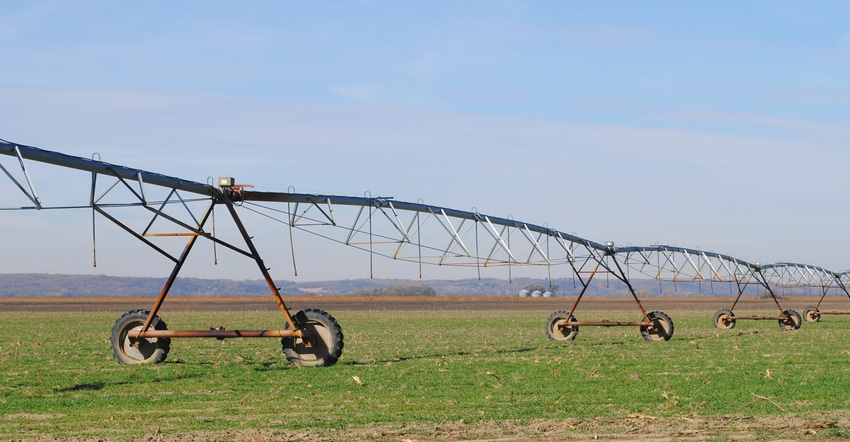June 2, 2021

The decision whether to mix species or plant a single species as a cover crop depends on your goals, time of the year and costs. Mixes can increase biodiversity on a farm and also can insure against weather extremes, since different species will thrive in different weather conditions. Mixes can help fulfill multiple producer goals if they complement each other.
Grass cover crops are most suited to supply organic matter, suppress weeds, and prevent erosion and nutrient loss. Legumes fix nitrogen, which benefits a companion grass as well as a subsequent crop. Legumes are often vining and use companion grasses for added support.
Brassicas are fast-growing, scavenge nutrients and can be grazed, but will winter-kill in Nebraska's climate. Other broadleaves, such as buckwheat, are planted for pollinating insects. Mixes with species that mutually benefit from each other can be more productive in terms of biomass, resulting in greater addition of soil organic matter and retention of nutrients.
In addition, species in a mix can be used for different goals over time. For example, when planting a cool-season species mix in the fall, brassicas grow faster than the other species and may provide grazing, but are killed by the first hard freeze. Over winter and in spring, grasses control erosion and can be grazed, while legumes can be an N source for the following main crop.
Drawbacks of mixes
When combining different species for different goals, there is often a trade-off where both goals will not be fully realized. Faster growth rates mean that many mixes are dominated by grasses. In trials, the spring biomass of cool-season, fall-planted mixes was made up of 70% to 100% cereal rye, even when cereal rye made up only 33% of seeds in the mix.
Legumes were outcompeted by the rye and provided very little N. Picking a well-adapted single species may be the most productive and economical choice for many situations. If you focus on one goal — for example, preventing erosion — it makes more sense and is cheaper to plant a single species suited for that goal, such as cereal rye.
Management of your cover crop mix
For cover crops to be effective, they must establish and produce biomass. To ensure sufficient biomass production of all species in the mix, it is important to select species that complement each other and are compatible in terms of planting time, planting method and termination.
The amount of time available to grow will be the most important consideration for compatibility. When establishing the cover crop mix, plant at a time that is optimal for all its species. For example, a planting date of Oct. 15 will be good for cereal rye, winter wheat and triticale.
Do not include brassicas or hairy vetch, because Oct. 15 is past their optimum planting time. A longer growing period will give you more options for diverse species and ensures high productivity, especially when using mixes of warm-season species.
Lastly, consider your herbicide program. Many species, especially brassicas and some legumes, are sensitive to residual herbicides applied to the previous crop and may not germinate. If you have problematic weeds that you must control while the cover crop is in the field, selecting cover crops that have natural herbicide tolerance will be important.
When it comes time to terminate the mix, choose a method that will reliably kill all cover crops, whether that method is winterkill, herbicides or mechanical termination. Surviving cover crops, especially brassicas, can quickly go to seed and become weeds.
As with all cover crops, make sure planting and termination times of the cover crop mix are in line with recommendations by USDA’s Natural Resources Conservation Service, Risk Management Agency and crop insurance.
Take-home message
Combining several cover crop species in a mix may be an option to achieve multiple goals with a cover crop. However, species will only contribute to the overall success if they will be productive in terms of biomass. Ensure that all species in the mix are compatible given the environment and management practices for the success of your diverse cover crop.
See the Midwest Cover Crop Council cover crop decision tool at mccc.msu.edu.
Koehler-Cole is a UNL research assistant professor. Krupek is a UNL agronomy graduate research assistant. Proctor is a UNL associate Extension educator. Basche is a UNL agronomy assistant professor.
You May Also Like




